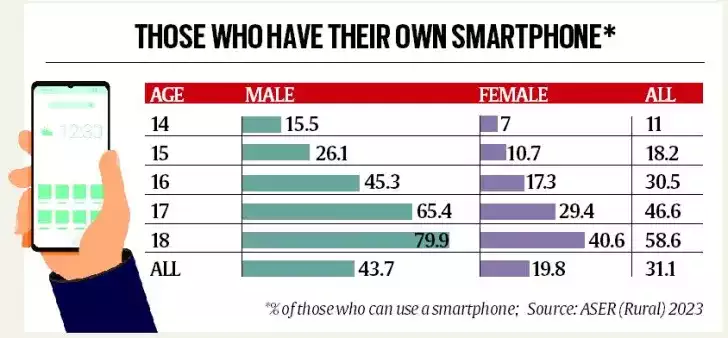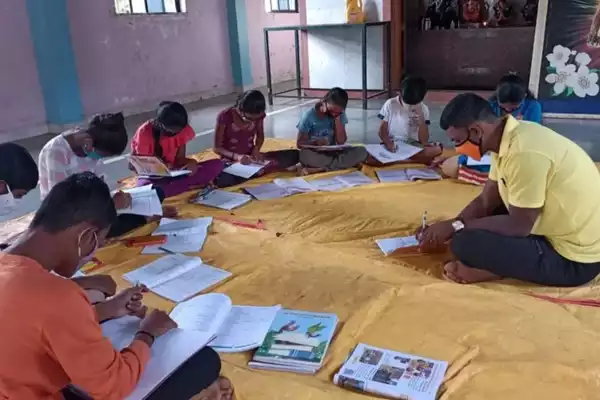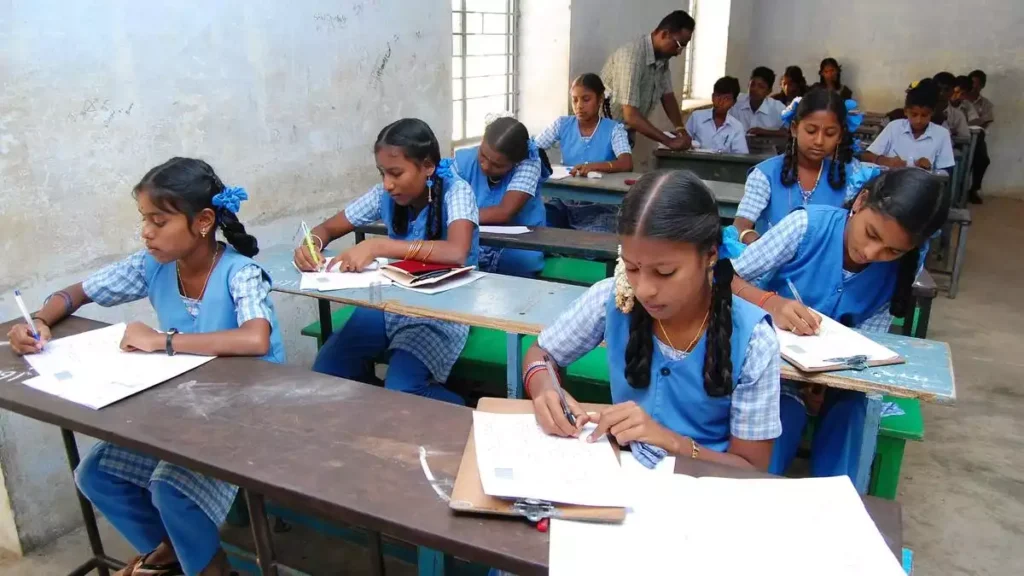The Annual Status of Education Report (ASER) 2023 “Beyond Basics” was recently released by NGO Pratham Foundation shedding light on the educational landscape of rural India.
About the ASER survey:
- TheASER survey is a citizen-led survey that provides reliable estimates of children’s schooling and learning levels in rural India.
- Earlier conducted annually, it is now conducted every alternate year.
- The ‘basic’ ASER collects information about enrolment in pre-school and school for children in the age group of 3 to 16, and assesses children aged 5 to 16 one-on-ones to understand their foundational reading and arithmetic abilities.
- It tracks the overall literacy rate and breaks down literacy rates by age groups, gender, and regions.
- It discusses the proficiency of students in basic numeracy skills and identifies areas or regions where numeracy levels are particularly high or low.
- It examines gender-based differences in education outcomes.
- It looks into the availability of infrastructure and facilities in schools.
- It highlights variations in educational indicators across different states or regions.
About the ASER’s 2023 survey “Beyond Basics”:
- The ASER’s 2023 survey “Beyond Basics” has examined 34,745 youth in 28 rural districts across 26 states, with a focus on 14-18 age group of students.
- Released in New Delhi, titled “Beyond Basics.”
- The report explores the activities, academic abilities, and access to digital technology of 14-18 age group of students.
Key highlights of the survey:
Education Landscape:
- About 86.8% of 14-18-year-olds have enrolled in educational institutions.
- Enrollment gaps: 3.9% for 14-year-olds, 32.6% for 18-year-olds.
- Only 5.6% engage in vocational training, with the most opting for short-duration courses.
Academic Proficiency:
- 25% students struggle to read a Std II-level text fluently in their regional language.
- Girls have outperformed boys in reading (76% vs. 70.9%).
Digital Access and Usage:
- 90% of youth have smartphones, where 95% of boys and 90% of girls have access to the smartphones.
- Males are more likely to own a smartphone (43.7%) as compared to females (19.8%).
- Digital tasks performance improves with education level and basic reading proficiency.
Work and Aspirations:
- 30% of youth are working, often for parents, but express aspirations beyond current roles.
- Majority in Class 11 or higher opt for humanities, reflecting local availability of subjects.
- Need for flexibility in education, aligning with the New Education Policy of 2020.
Key recommendations by the survey:
- Address reading and math gaps in the 14-18 age group.
- Leverage the reach of schools to implement varied learning approaches.
- Advocate for more flexible education systems, aligning with the New Education Policy.
- Beyond the Right to Education Act, understanding youth pathways after elementary school is crucial for their future success.
- National Youth Policy 2021 envisions unlocking youth potential across education, employment, entrepreneurship, leadership, health, and social justice and hence initiatives in this direction will help enhance the education based outcomes.

[ref-IE]
Ref: Source
| UPSC IAS Preparation Resources | |
| Current Affairs Analysis | Topperspedia |
| GS Shots | Simply Explained |
| Daily Flash Cards | Daily Quiz |



